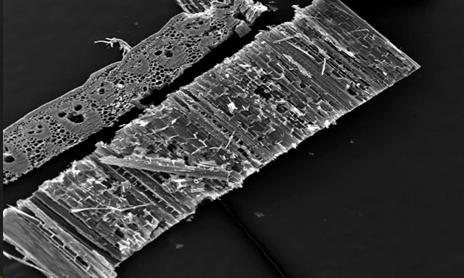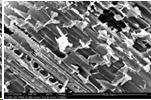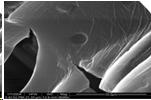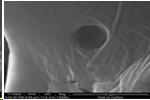Making Biofuels Part 1
Table of Contents
- Making Biofuels from Energy Crops-Feedstock Composition and Biochemical Conversion
- Conventional Feedstocks
- Plant Structural Components
- Lignocellulosic Feedstocks - Part 1
- Lignocellulosic Feedstocks - Part 2
- Corn vs. Biomass Conversion to Ethanol
- Biochemical Conversion Sugar-Platform Fermentation
- Biochemical Conversion Pretreatment and Hydrolysis
- Biochemical Conversion Cell-Wall Recalcitrance
- Biochemical Conversion Hydrolysis, Saccharification, Fermentation
- Biochemical Conversion Barriers
- Vocabulary
Text and Images from Slide
Biochemical Conversion Barriers













Source: Todd Vinzant, NREL
